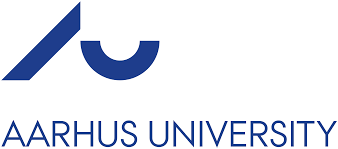The past is not what it once was. This is a graffiti used as a title for a book on historical methodology written by a Norwegian historian. The past is a point of orientation for individuals as well as for communities in the present. Memories, material objects and immaterial traces are the building blocks of narratives about the past. These narratives are constantly told, debated, contested and changed. There are many uses of the past, and many users with different views on how to engage with which pasts. Heritage institutions play a dominant role in re-interpretations of the past. But the past is also an object for political confrontations. Narratives of the past appear in many different forms and media. Museums, monuments, literature, films and popular culture are only some of them.
Recent years have experienced a growing scholarly interest in studying uses of the past whether as studies of memory, heritage, narrative, museums, didactics or something else. At the Faculty of Arts we have many research projects and dissemination activities that focus on uses of the past. Scholars from a broad variety of disciplines are in different ways working on the uses of the past. Uses of the past are studied in its many different expressions, in many different places in the world and in different epochs. The research priority area will promote collaboration among these scholars and bring more national and not least international visibility to their results. Aarhus University is already leading nationally when it comes to research, knowledge exchange and teaching within the field of uses of the past. We will also make the university an international hub for the study of uses of the past
The programme aims at:
- strengthening interdisciplinary research and increase its international visibility
- promoting collaboration between scholars involved in research on uses of the past within the faculty of arts and the entire university
- creating a laboratory for the development of historical, transnational and transregional comparative approaches to the examination of uses of the past
- developing new strategies for exchanging knowledge and best practices with partners outside the university, such as museums, archives, tourist offices, high schools, media institutions, and citizen initiatives
- identifying and take full advantage of teaching synergies across campus, developing new study programs in uses of the past attractive to our own as well as international students
